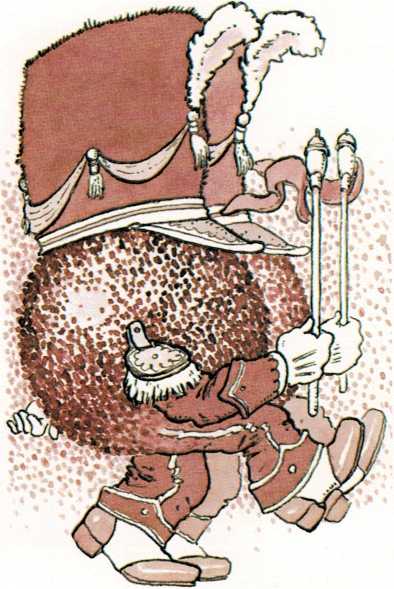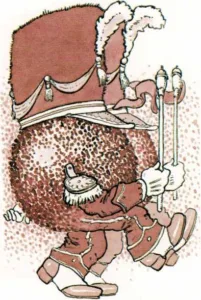
Superlight!
It punches through steel. It carries complicated messages. It performs
tiny, delicate operations. Anything that can do many kinds of work
should be magic. But this isn’t magic—it’s a special kind of light.
The light that can do these things is a laser [(lay]{.smallcaps} zuhr)
beam. A laser beam is made up of bunches of energy called photons, just
like ordinary light. But the photons in a laser beam behave in an
unusual way.
The photons in ordinary light are not all alike, and they don’t all move
together. They behave almost like people in a crowded street—dressed
differently, going in all directions, and starting and stopping at
different times.
But in laser light, all the photons are put to work in the same way.
They are exactly the same color, so they all have the same amount of
energy. They are given off at regular
times, and they travel in one direction. They are almost like marchers
in a parade— dressed in uniforms and moving in step down a narrow
street.

With all the photons moving together, laser light can do things that
ordinary light can’t do. Laser light can create tremendous amounts of
heat—enough heat to burn through heavy metal. It can be sent in a very
narrow beam—so narrow it can drill a tiny hole in a diamond or treat a
tiny spot in a patient’s eye. And it can move steadily in a single
direction—steadily enough to carry thousands of messages for
telephones and TV shows. Laser light can even be used to find and guide
satellites in space.


